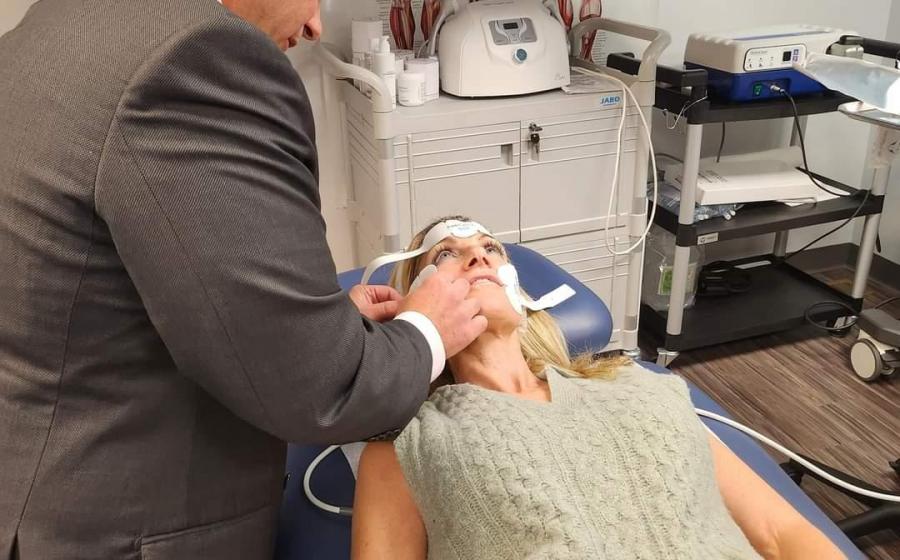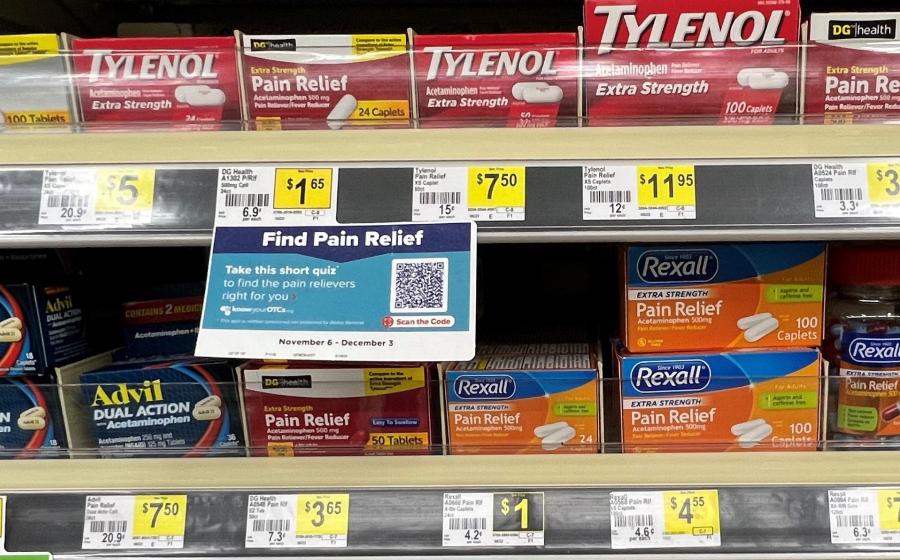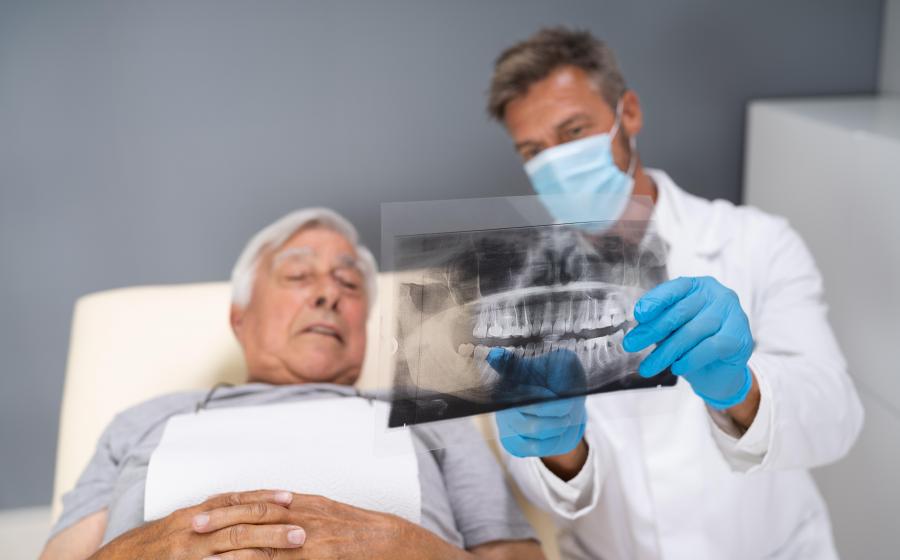Seniors Saving Nearly $2,000 Annually with Medicare Advantage
(NewsUSA) - Medicare’s open enrollment period ends on December 7, and an estimated 31.8 million seniors and Americans with disabilities will choose a Medicare Advantage plan for their health coverage in the coming year, according to data from the federal government.
- Medicare’s open enrollment period ends on December 7, and an estimated 31.8 million seniors and Americans with disabilities will choose a Medicare Advantage plan for their health coverage in the coming year, according to data from the federal government.
What is Medicare Advantage? For Medicare-eligible beneficiaries, it is an increasingly popular health coverage option within the Medicare program, in which plans are offered by Medicare-approved private companies in partnership with the federal government, who sets the rules for the plan. Beneficiaries who choose a Medicare Advantage Plan still have Medicare, but their care is covered by their health plan of choice rather than by traditional Fee-for-Service Medicare.
Since 2006, the number of seniors picking Medicare Advantage has more than doubled and today 48 percent of Medicare beneficiaries choose a Medicare Advantage plan – a percentage that is expected to continue growing in coming years. A big reason may be the substantial cost savings Medicare Advantage beneficiaries enjoy.
Medicare Advantage premiums continue to fall, and average premiums for 2023 are down nearly 8 percent from 2022. Additional research finds that seniors who choose Medicare Advantage save nearly $2,000 on average per year compared to traditional Medicare.
Mary Beth Donahue, President & CEO of Better Medicare Alliance, a nonprofit research and advocacy coalition supporting Medicare Advantage, says the program is helping seniors save money on health care at a time when costs of living have risen sharply and weigh heavily on seniors’ fixed-income budgets.
“Medicare Advantage is once again meeting the moment with lower costs, added benefits, and a superior health care experience,” Donahue said. “With the lowest average monthly premiums in 16 years, and separate data showing that Medicare Advantage saves seniors nearly $2,000 per year on total health expenditures, Medicare Advantage is poised to bring meaningful health and financial security to millions of seniors in 2023.”
Beyond Medicare Advantage’s ability to save seniors money, nearly every Medicare Advantage plan covers extra “supplemental” benefits not included in traditional Medicare, such as dental and vision care, in-home health and wellness services, nutrition and meal delivery services and other valuable resources.
Notably, polling finds that Medicare Advantage beneficiaries have a 94 percent satisfaction rate with their plans, while 95 percent report that they are satisfied with their provider network.
The deadline to sign up for Medicare Advantage is December 7 but enrollment could be extended until 2023.



 - The holiday season is coming, and with the return to in-person events, everyone wants to look their best. But many people who might consider a skin-tightening treatment shy away from needles, and have concerns about fillers and chemicals. Apex Center for Regenerative Medicine offers an alternative.
- The holiday season is coming, and with the return to in-person events, everyone wants to look their best. But many people who might consider a skin-tightening treatment shy away from needles, and have concerns about fillers and chemicals. Apex Center for Regenerative Medicine offers an alternative. 
 - The unprecedented stress caused by the COVID-19 pandemic pushed many to place a renewed importance on their overall health. This led to a new appreciation for self-care as people began to increasingly dedicate time in isolation to themselves. As people resume their pre-pandemic routines, this newfound commitment to wellbeing and self-care is here to stay, according to The Global State of Self-Care Report. Commissioned by Patchology, an award-winning skincare brand focused on patches and masks, it’s the first study to examine consumers’ self-care practices and trends across the spectrum and in multiple countries. According to the report, not only did 67% of U.S. respondents increase their self-care during the pandemic, but 79% of those people intend to prioritize self-care into the future.
- The unprecedented stress caused by the COVID-19 pandemic pushed many to place a renewed importance on their overall health. This led to a new appreciation for self-care as people began to increasingly dedicate time in isolation to themselves. As people resume their pre-pandemic routines, this newfound commitment to wellbeing and self-care is here to stay, according to The Global State of Self-Care Report. Commissioned by Patchology, an award-winning skincare brand focused on patches and masks, it’s the first study to examine consumers’ self-care practices and trends across the spectrum and in multiple countries. According to the report, not only did 67% of U.S. respondents increase their self-care during the pandemic, but 79% of those people intend to prioritize self-care into the future. 
 - When shoppers are already in pain, navigating the huge selection of products in the over- the-counter (OTC) pain reliever aisle can feel overwhelming. There’s a lot to choose from, and while different medicines might treat similar ailments, shoppers should be aware that some OTC pain relievers could be a better choice for them based on their personal risk factors or other medications they are already taking.
- When shoppers are already in pain, navigating the huge selection of products in the over- the-counter (OTC) pain reliever aisle can feel overwhelming. There’s a lot to choose from, and while different medicines might treat similar ailments, shoppers should be aware that some OTC pain relievers could be a better choice for them based on their personal risk factors or other medications they are already taking. 
 -
- 
 - By Alan Stewart, SVP, Medicare Divisional Leader, Humana - If you’re one of the nation’s 58.6 million people with Medicare, you understand the importance of selecting a health plan during the Medicare Advantage and Prescription Drug Plan Annual Election Period (AEP) -- running from Oct. 15 - Dec. 7 -since the plan you select is the plan you’ll likely have for all of the coming year.
- By Alan Stewart, SVP, Medicare Divisional Leader, Humana - If you’re one of the nation’s 58.6 million people with Medicare, you understand the importance of selecting a health plan during the Medicare Advantage and Prescription Drug Plan Annual Election Period (AEP) -- running from Oct. 15 - Dec. 7 -since the plan you select is the plan you’ll likely have for all of the coming year. 
 - Es divertido ver el regreso de algunas tendencias retro de los años 90, como las canciones clásicas del rock que vuelven a la lista de las favoritas, los peinados y hasta los zapatos de la época de los 90. Otras tendencias es mejor dejarlas en el pasado, como los millones de casos de varicela que ocurrían en los Estados Unidos cada año antes de que tuviéramos una vacuna eficaz.
- Es divertido ver el regreso de algunas tendencias retro de los años 90, como las canciones clásicas del rock que vuelven a la lista de las favoritas, los peinados y hasta los zapatos de la época de los 90. Otras tendencias es mejor dejarlas en el pasado, como los millones de casos de varicela que ocurrían en los Estados Unidos cada año antes de que tuviéramos una vacuna eficaz. 
 - Some 90’s retro trends are fun to see come around again, like classic songs returning to the playlist, hairstyles, and even fun 90s’ shoes. Other trends are better left in the past -- like the millions of cases of chickenpox that happened in the United States each year before we had an effective vaccine.
- Some 90’s retro trends are fun to see come around again, like classic songs returning to the playlist, hairstyles, and even fun 90s’ shoes. Other trends are better left in the past -- like the millions of cases of chickenpox that happened in the United States each year before we had an effective vaccine. 
 - The Medicare Advantage and Prescription Drug Plan Annual Election Period is underway, running from Oct. 15 through Dec. 7. Whether you are new to Medicare or are re-evaluating your options for a health care plan, navigating the abundance of choices can feel overwhelming. This is especially true for Veterans who also may be covered by other government-sponsored benefits, like those offered by Department of Veterans Affairs (VA), depending on their time in service and disability rating. With there being so many options to choose from, the biggest challenge is often knowing where to begin.
- The Medicare Advantage and Prescription Drug Plan Annual Election Period is underway, running from Oct. 15 through Dec. 7. Whether you are new to Medicare or are re-evaluating your options for a health care plan, navigating the abundance of choices can feel overwhelming. This is especially true for Veterans who also may be covered by other government-sponsored benefits, like those offered by Department of Veterans Affairs (VA), depending on their time in service and disability rating. With there being so many options to choose from, the biggest challenge is often knowing where to begin. 
 - For Julie Lycksell, a wife, a mother and retired operating room nurse from Long Island, NY, Feb. 6, 1998, is a date she will never forget. On that day, only two days after her actual birthday, Julie celebrates her “re-birthday” -- marking the day she nearly died from sudden cardiac arrest (SCA).
- For Julie Lycksell, a wife, a mother and retired operating room nurse from Long Island, NY, Feb. 6, 1998, is a date she will never forget. On that day, only two days after her actual birthday, Julie celebrates her “re-birthday” -- marking the day she nearly died from sudden cardiac arrest (SCA). 